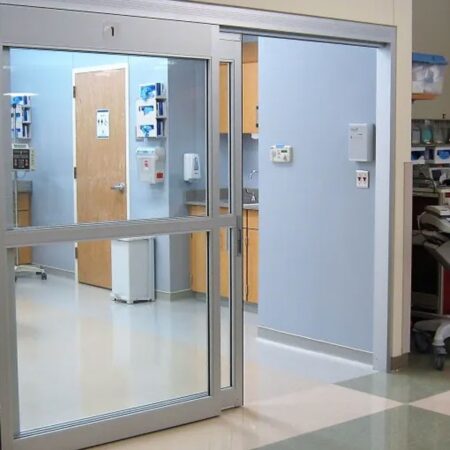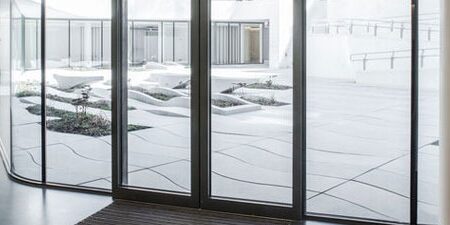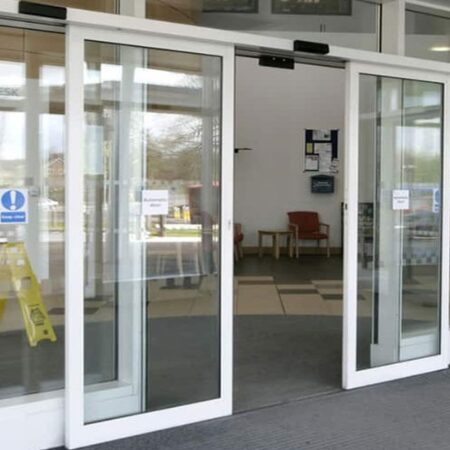How to Use Personal Protective Equipment (PPE) Properly
Protecting employees from a variety of risks requires the use of personal protective equipment. Training should concentrate on the proper choice, fit, and application of personal protective equipment (PPE), such as helmets, gloves, safety goggles, breathing protection, and protective clothes.
Maintenance and Handling of Equipment
To avoid mishaps and malfunctions, equipment handling and maintenance must be done properly. Employees should receive training on equipment maintenance, inspection, and timely issue reporting.
Guidelines and Practices for Safe Work
The key to reducing risks is to promote secure work conditions and procedures. Proper material handling procedures, protocol compliance, and identifying and reporting harmful occurrences should all be covered in training. A safer workplace can be created by actively engaging employees to take part in safety activities and by promoting open communication.
Evaluation and Reduction of Risks
Identification and Assessment of Hazards
The basis of risk assessment is a thorough method for identifying hazards. It entails determining potential risks unique to work situations including steel and aluminum pergolas while taking materials, tools, procedures, and working circumstances into account. To identify and thoroughly evaluate hazards, this stage necessitates the involvement of workers, managers, and safety professionals.
Risk Management Techniques
Engineering Controls: To reduce risks, engineering controls entail making changes to or revamping machinery, procedures, or systems. As an illustration, consider adding safety guards to equipment, putting in place ventilation systems to manage airborne pollutants, and utilizing noise reduction techniques.
Administrative Controls: To lower risks, administrative controls entail creating rules, guidelines, and working practices. This entails carrying out safety procedures, offering guidance and supervision, planning routine maintenance and inspections of the equipment, and guaranteeing adherence to safety laws.
Personal Protective Equipment (PPE): In situations where administrative and engineering controls are insufficient, PPE is an essential protective barrier. PPE consists of protective clothes, respirators, helmets, gloves, and safety eyewear.
Organization and upkeep of the Worksite
Cleaning Procedures
Maintaining a safe work environment and preventing workplace accidents are the goals of good housekeeping practices. This entails maintaining a clutter-free, tidy, and clean work area. Preventing trips, falls, and slips is made easier by clearing out trash, dirt, and potentially dangerous objects like unsecured cables or equipment.
Frequent Inspections of Equipment
Inspection of equipment regularly is essential to detect any risks and guarantee proper operation. This entails doing regular inspections of tools, machinery, lifting apparatus, and safety devices. Safety features, electrical systems, components that move, and structural integrity should all be reviewed.



